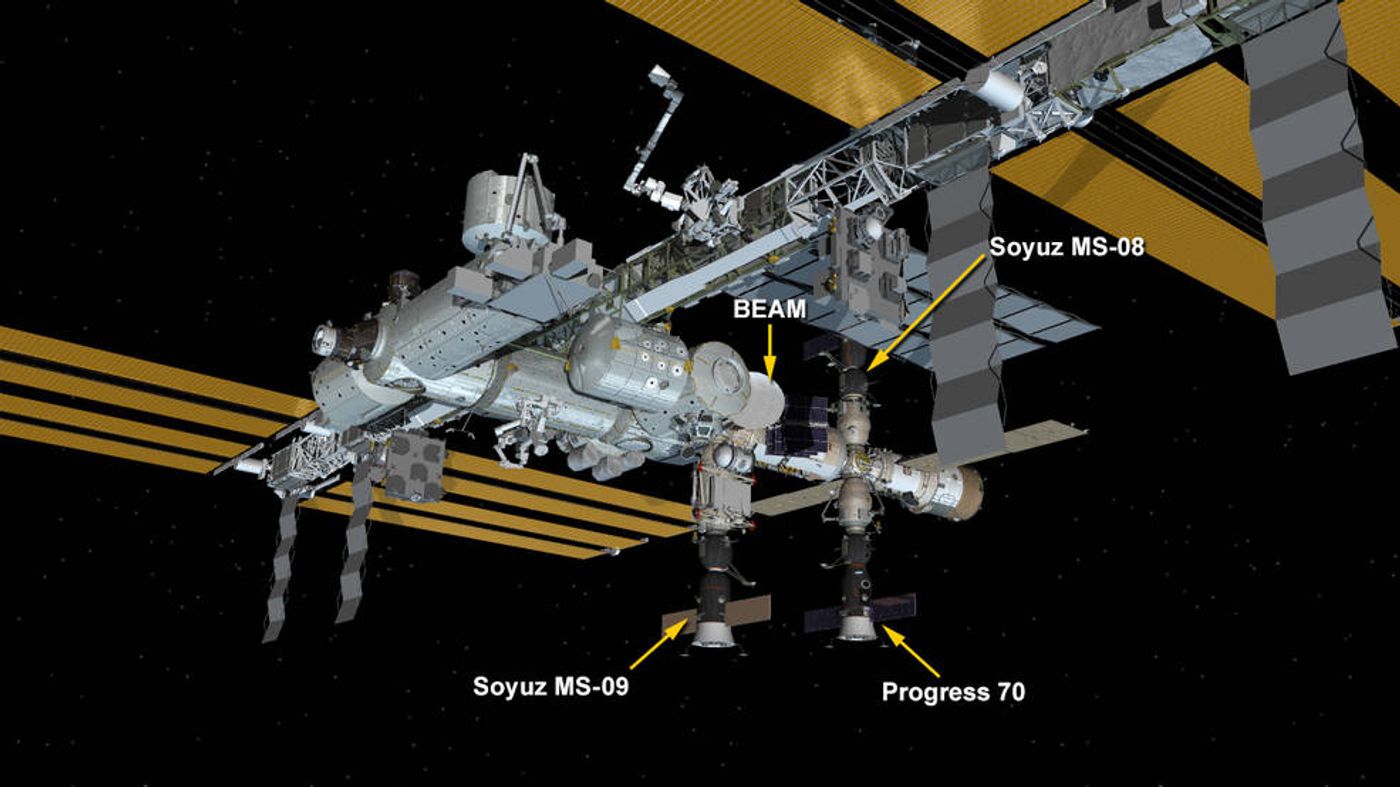International Space Station Crew Repairs Small Air Leak
The International Space Station is an Earth-orbiting laboratory that operates in the vacuum of outer space. That said, it needs to maintain a constant air pressure so that the crew members onboard can breathe.
Image Credit: NASA
At the end of last week, however, International Space Station crew members purportedly discerned and repaired a minor air leak that, citing a NASA statement, “resulted in a small loss of cabin pressure.”
In what could only be described as a game of invisible hide-and-go-seek, the crew members ultimately traced the source of the air leak to the orbital compartment of the Soyuz MS-09 spacecraft docked at the International Space Station’s Rassvet module.
The leak wasn’t substantial, but it was enough to prompt a cooperative effort between NASA, Roscosmos, and all the human resources the International Space Station had available at the time.
Related: The International Space Station's new debris sensor could be a game-changer
The investigation uncovered a hole measuring two millimeters in diameter, and with the direction of their respective space agencies, crew members promptly responded to the air leak by applying some ‘space-rated’ tape.
As you might come to expect, the tape is merely a temporary band-aid. While it stopped the air leak and helped restore the optimal cabin pressure, NASA and Roscosmos will now collaborate more closely in the future to determine a better long-term repair.
As for what caused the leak, it’s challenging to say. One theory is that it may have resulted from an impact involving a minuscule micrometeorite. While small, these tiny space rocks zoom through space at speeds that make a bullet exiting the barrel of a gun look slow.
That aside, NASA and Roscosmos assure us all that the International Space Station crew members were never in any danger and that they quickly resumed their regular duties shortly after patching the leak.
It should be interesting to see how NASA will repair the leak in the long-term.









